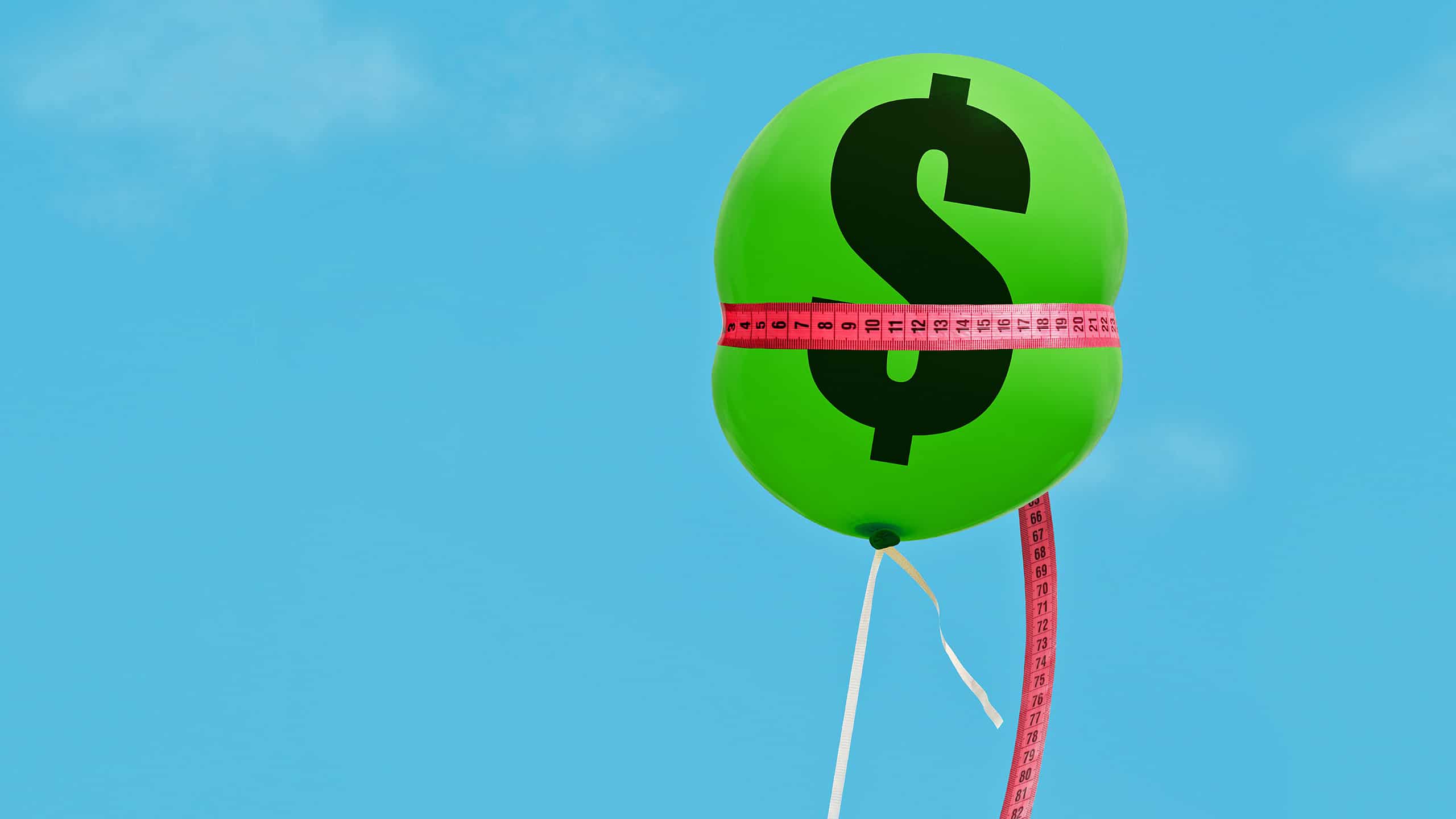High inflation bears similarity to a bad thunderstorm. Once it arrives, you don’t need a statistician to notice. With significant increases in the price of weekly purchases like fuel and food, our high inflation environment is not lost on anyone.
While inflation is a problem for us all, it is a significant headache for the policymakers at the Federal Open Market Committee or FOMC. The FOMC sets monetary policy for the United States and price stability is one part of the dual mandate given to this committee by Congress.
For the FOMC, the technical definition of inflation is an important guide to policy making.
While there are many ways to define inflation, the most commonly cited number comes from the measurement of the 12-month rate of change in the items that make up the Consumer Price Index, or CPI. CPI is one of the many measurements the Federal Reserve uses to gauge price inflation.
By this measurement, inflation rose at a rate of 8.6% between May 2021 and May 2022.
How is the Consumer Price Index constructed?
The CPI is created to measure price movement in out-of-pocket purchases made by urban consumers. In order to do so, the Bureau of Labor Statistics creates a “basket” of purchases that attempts to replicate the average household’s proportional spending in each category. This basket is updated every two years. You’ll find our current basket under the column labeled CPI below:
What does inflation in these categories look like today? Here’s a table from the Bureau of Labor Statistics’ most recent report:
The 12-month change in food and energy prices stands out. For food bought at the grocery store and prepared at home, prices have risen 11.9%. Most significantly, the price of gasoline rose by 48.7%. These numbers match intuitively with our experience both in the grocery store and at the gas pump, a sign that the index is well-constructed.
What can the Fed do about these numbers?
While supply and demand both impact inflation, the Federal Reserve can only impact the demand side of the equation. If the Federal Reserve continues to enact a restrictive monetary policy, they will ultimately reduce demand for goods and services. In turn, they hope this demand reduction will lead to price declines across the board, including items such as food and energy. Once inflation decelerates, the Federal Reserve will adopt a different and likely more accommodative policy stance.


